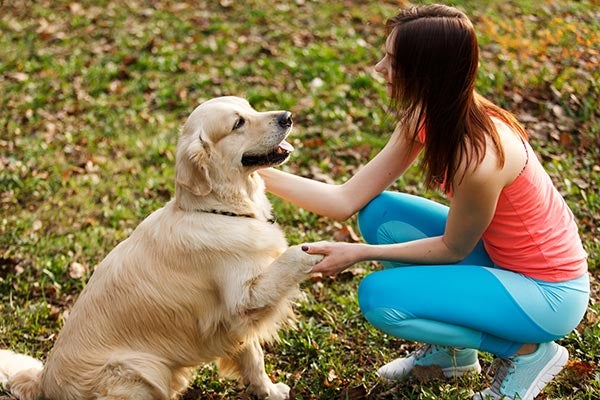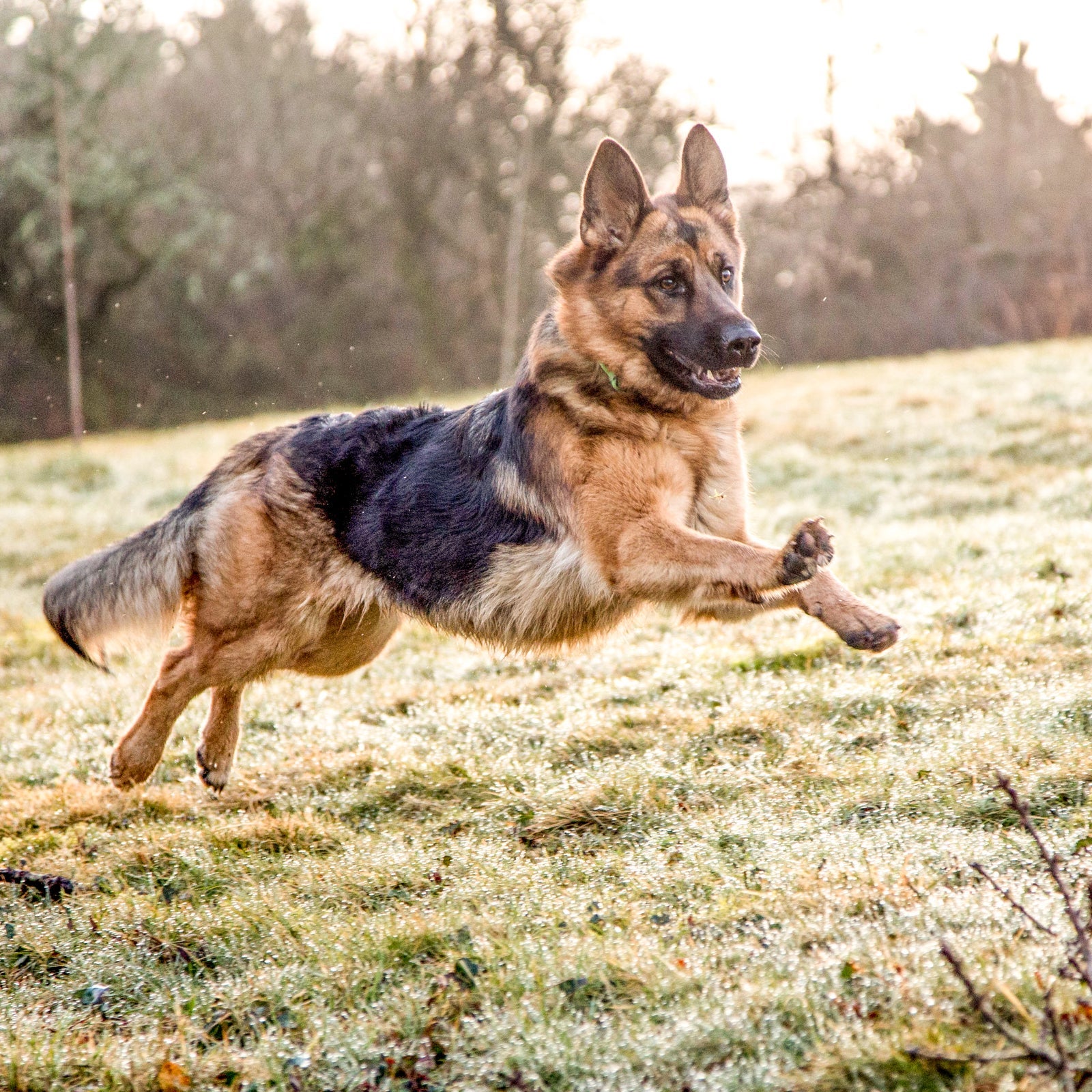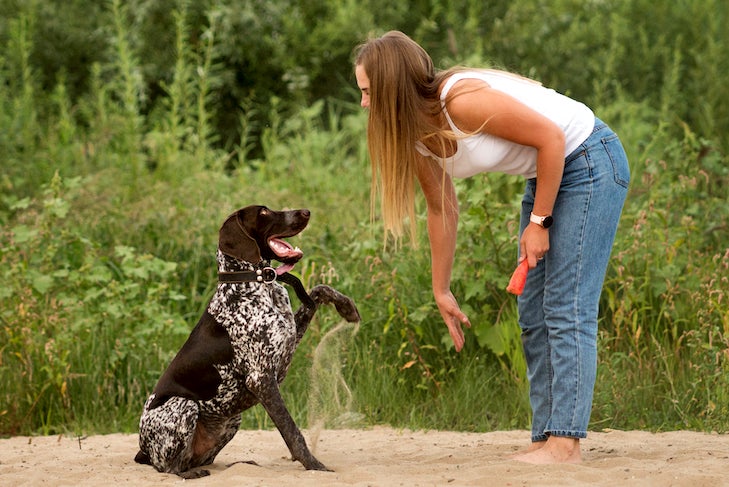Dog Training Solutions to Help You Raise a Well-Behaved Pet
Leading Pet Training Strategies Every Owner Should Know

Favorable Support Methods
Making use of favorable support methods is important for efficient pet training, as it cultivates a relying on bond in between the canine and the trainer. This approach focuses on fulfilling desirable behaviors instead than penalizing undesirable ones, creating an environment conducive to finding out. Incentives can consist of treats, appreciation, or play, which encourage dogs to duplicate the actions that earn them these incentives.

In addition, this technique enhances the pet dog's enthusiasm for training sessions. When pet dogs associate training with favorable experiences, they are more involved and receptive. Past instant therapy, positive reinforcement urges a collaborative relationship between the pet dog and instructor, reducing anxiety and worry
To take full advantage of performance, it is critical to deliver rewards promptly, guaranteeing the canine links the habits with the reinforcement. Basically, positive reinforcement methods not only yield better-trained canines but also promote a harmonious partnership in between pet and proprietor.
Clicker Training Approach
The remote control training technique is a highly effective technique that builds upon the principles of positive support by including a distinct sound to mark desired behaviors. This approach makes use of a tiny portable gadget that creates a clicking sound, allowing trainers to communicate with their dogs in a clear and immediate fashion. When a pet executes an actions that the proprietor wants to encourage, the clicker is turned on, adhered to by a benefit, normally in the type of treats or praise.
The trick to effective clicker training lies in uniformity and timing. It is critical to click at the specific minute the preferred behavior happens, making certain that the pet connects the sound with the activity and the subsequent reward. This approach not only enhances interaction however also cultivates a more powerful bond in between the owner and the dog, as it encourages involvement and interaction throughout training sessions.
Remote control training can be put on a selection of commands and actions, from basic obedience to more intricate methods. Its adaptability and efficiency make it a favored method among professional fitness instructors and animal proprietors alike, leading the method for a well-trained and receptive canine buddy.
Chain Training Fundamentals
Reliable chain training is crucial for making sure a delightful and safe strolling experience for both dogs and their owners. Dog training. Chain training should begin very early and be come close to with perseverance and uniformity. Start by selecting a suitable leash and collar or harness. A flat collar might benefit some dogs, while others may gain from a harness that reduces pulling.
Present your pet to the chain progressively, permitting them to explore it in a comfortable atmosphere. Once they are accustomed, practice loose-leash strolling. This involves fulfilling your pet dog for walking close to you instead than drawing in advance. Usage treats and praise to reinforce preferred actions, and be certain to continue to be assertive and tranquil.
If your dog starts to draw, quit strolling promptly. Wait till they go back to your side before returning to. This educates them that drawing does not cause advance. Additionally, practice various strolling atmospheres to assist your dog adjust to disturbances.
Routine practice will certainly solidify your dog's understanding of chain decorum. Bear in mind that leash training is an ongoing process; patience and uniformity will certainly produce the best results, cultivating a favorable experience for both you and your canine companion.
Socializing Approaches
Socializing is an important facet of pet training that need to preferably begin during puppyhood yet can be useful at any age. Reliable socialization aids pets create confidence and lowers the possibility of behavior issues. To carry out successful socialization approaches, subject your pet to a variety of atmospheres, individuals, and various other pets.
Start with controlled setups, such as pup courses or arranged playgroups, where young pets can interact securely. Progressively introduce your pet dog to brand-new experiences, including different noises, surface areas, and activities. Ensure these experiences are positive and rewarding to establish a complacency.
For grown-up dogs or those lacking direct exposure, start with low-stress scenarios. Short, positive interactions with pleasant human beings and tranquil dogs can create positive associations. Use deals with and appreciation to enhance desirable behaviors during these experiences.

Uniformity and Persistence
Identifying the significance of uniformity and perseverance in canine training is important for accomplishing enduring results. Irregular training this website can lead to complication, making it challenging for the pet to comprehend habits or commands, ultimately impeding progression.
Dogs, like people, discover at their own speed. This promotes a trusting connection in between the pet and owner, encouraging a much more passionate and eager learner.
To cultivate consistency and patience, establish a regular training routine, use the exact same commands, and company website make sure that all relative use the very same training concepts - Dog training. By doing so, you develop a stable environment for discovering, enabling your canine to develop and thrive into a well-behaved companion
Conclusion
To conclude, effective pet dog training strategies, such as favorable reinforcement, clicker training, and appropriate chain training, are essential for cultivating a healthy and balanced owner-dog connection. Additionally, applying socializing techniques and maintaining uniformity and persistence throughout the training process adds significantly to a pet's general well-being. By incorporating these techniques, dog proprietors can facilitate the growth of well-adjusted, obedient pet dogs, eventually boosting the high quality of life for both the dog and the proprietor.
Among the most noticeable methods are favorable reinforcement, remote control training, and leash training, each offering special benefits that contribute to a mannerly canine. As we discover these fundamental methods, it becomes obvious that mastering their subtleties can significantly affect the training experience and the canine's total behavior.Making use of favorable support methods is crucial for efficient pet training, as it fosters a relying on bond between the fitness instructor and the pet.In final thought, reliable pet dog training techniques, such as favorable reinforcement, remote control training, and proper chain training, are important for fostering a healthy and balanced owner-dog partnership. By integrating these methods, pet dog owners can click to find out more assist in the development of well-adjusted, loyal animals, inevitably enhancing the high quality of life for both the pet and the proprietor.